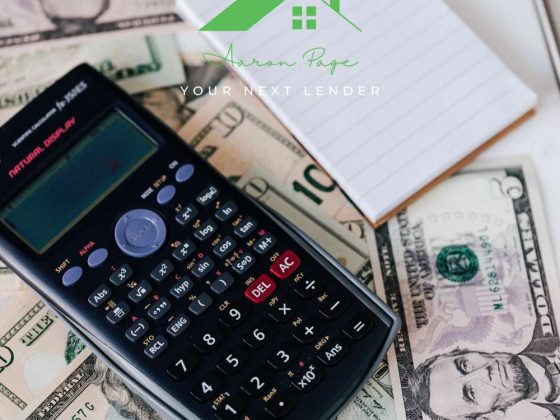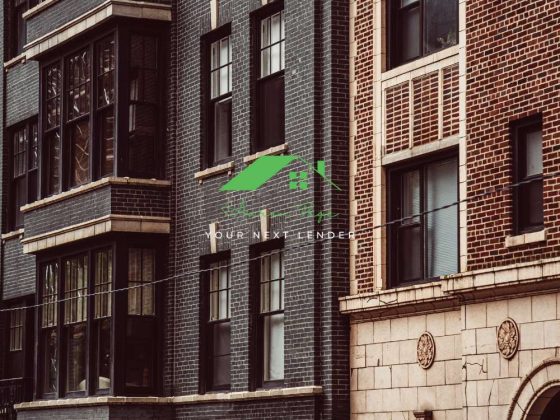Hey there, homeowners! Today, we’re going to navigate the maze of cash-out refinances. As one of the more popular strategies for tapping into your home’s value, cash-out refinances offer an appealing avenue to convert your equity into hard cash. This ‘Mortgage 101’ guide will help you understand all the ins and outs of this financial tool.
What is a Cash-Out Refinance?
First things first: a cash-out refinance is a type of mortgage refinance where the homeowner takes out a new loan that’s larger than their existing mortgage. The difference between these two loans is given to the homeowner as cash. Sounds interesting, right?
How Does Cash-Out Refinancing Work?
Cash-out refinances can seem complex at first, but let’s break it down into simpler terms.
Loan Approval Process
Just as with your original mortgage, cash-out refinances require a thorough application process. This means providing your lender with information on your income, credit score, and overall financial health.
Understanding Loan-to-Value
In a cash-out refinance, the loan-to-value (LTV) ratio is a crucial component. This is the ratio of your new mortgage to your home’s value. Most lenders typically offer cash-out refinances up to 80% LTV, although this can vary.
Repayment
Once your cash-out refinance is approved, you start repaying the new, larger loan. This replaces your previous mortgage.
Why Would You Want a Cash-Out Refinance?
People use cash-out refinances for various reasons, depending on their financial needs and circumstances. Some common uses include:
- Home Improvements: Since the money is tied to your home, many people use it for renovations or improvements.
- Debt Consolidation: You can use the funds from a cash-out refinance to pay off high-interest debts like credit cards.
- Emergency Fund: If you lack a rainy-day fund, a cash-out refinance can provide a safety net.
- Investment Opportunities: Some homeowners might use the funds to invest in the stock market, a new business, or real estate.
Factors to Consider Before Opting for a Cash-Out Refinance
Closing Costs
Just like your original mortgage, cash-out refinances come with closing costs. Typically, this is between 2-5% of the loan’s total amount.
Interest Rates
Interest rates for cash-out refinances are generally higher than rate-and-term refinances (where you refinance for a better rate or loan term).
Loan Term
Refinancing resets the clock on your mortgage repayment, meaning you might be making payments for a longer period.
Cash-Out Refinance vs. Other Financing Options
Cash-Out Refinance vs. Home Equity Loan
A home equity loan is another way to tap into your home equity. However, it’s a second mortgage, meaning you pay two mortgage bills each month.
Cash-Out Refinance vs. HELOC
A Home Equity Line of Credit (HELOC) is similar to a credit card, with your home equity acting as the credit limit. It has more flexibility than a cash-out refinance but also variable interest rates.
Cash-Out Refinance vs. Personal Loan
Personal loans are unsecured and typically have higher interest rates than cash-out refinances. They can be a good option if you don’t have much home equity or don’t want to touch your mortgage.
Cash-out refinances can be a beneficial tool for homeowners, especially when interest rates are low, or you need a large lump sum. However, like any financial decision, it’s essential to understand the pros and cons before proceeding. With careful planning and the right circumstances, a cash-out refinance can be a smart financial move.




